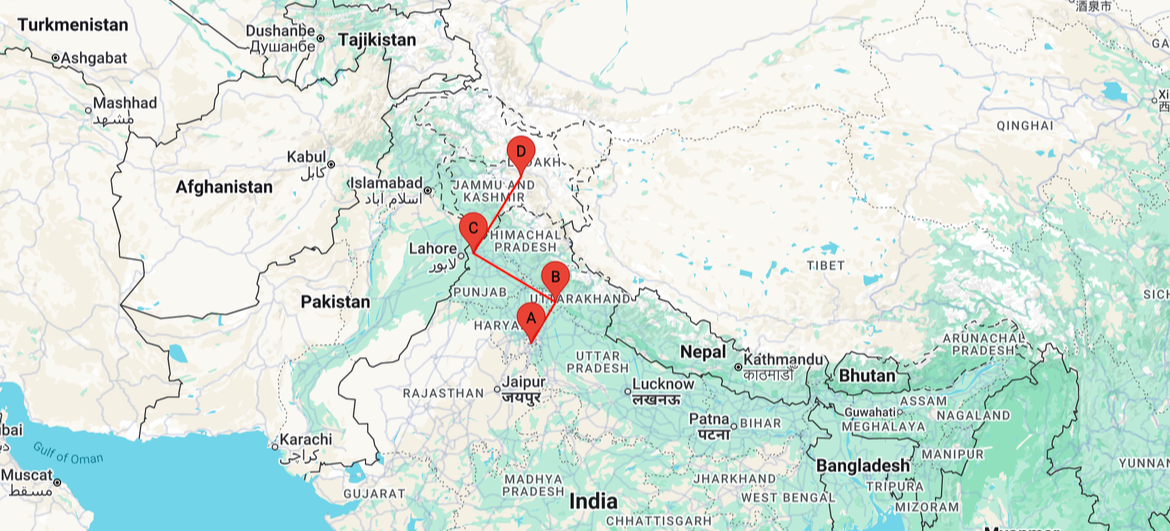Delhi
After breakfast, join a friend of Sodha Travel for a rickshaw ride in Chandni Chowk. Witness the architectural marvels, the multicolored facades, beautifully decorated shops, spice markets, and the fragrances emanating from the potpourri of eateries that line the historical alleys.
Mughal Emperor Shah Jahan (1592-1666) built the walled city of Delhi on the banks of holy River Yamuna. It had a magnificent palace known as Red Fort, impressive mansions, enchanting bazaars, elegant shrines, royal gardens and fountains at every corner to romance ones' senses. The Emperor’s beloved daughter Jahanara designed a major street called Chandni Chowk in front of Red Fort, with a canal running down the center and pools at major intersections reflecting the moonlight. During the British regime, the street underwent major changes and since then this area has witnessed some of the most important events in Indian history. Today these splendid ruins and tales of valor are a testimony of the evolution of the times. Chandni Chowk truly reflects the national unity, secularism and diversity of India.
While on the tour, stop at Jama Masjid, the largest mosque in India. Mughal Emperor Shah Jahan built the mosque between 1644 and 1656. There are three grand gates, four towers, three domes, and two minarets constructed of red sandstone and white marble. The courtyard can accommodate 25,000 worshipers.
Continue to the Sri Digambar Jain Lal Mandir, the oldest Jain temple in Delhi. It also houses a bird sanctuary and avian veterinary hospital. Jainism is a non-theistic religion founded in India in the 6th century BC by the Jina Vardhamana Mahavira as a reaction against the teachings of orthodox Brahmanism.The Jain religion teaches salvation by perfection through successive lives and non injury to living creatures.
Continue to Mehrauli and the Qutub Minar complex. Originally an ancient Islamic monument, the Qutub Minar is the tallest tower in India. Built of red sandstone and marble, the minar is not without controversy. Some believe it was built as a tower of victory to signify Muslim rule in the country, while skeptics claim it was erected to call the devoted to prayer. The complex also houses the first mosque to be built in India and an iron pillar that mysteriously has a high resistance to corrosion, even after being exposed to the natural elements for centuries. Evening at leisure and overnight.





.png)
